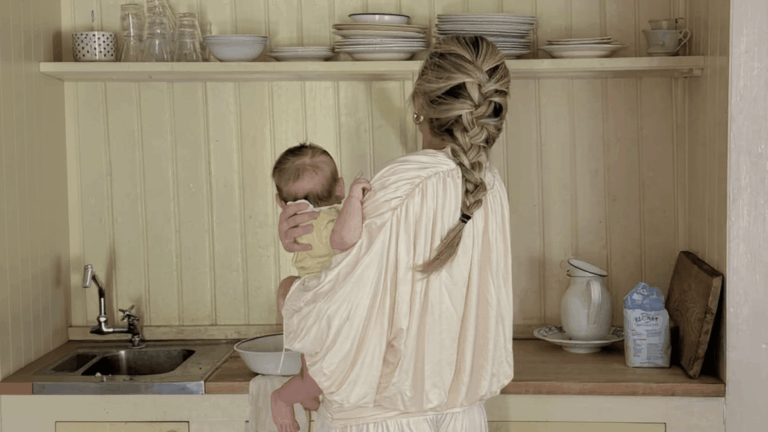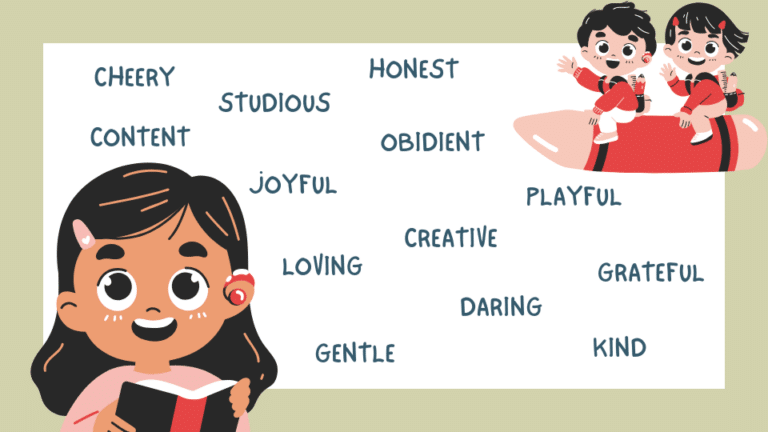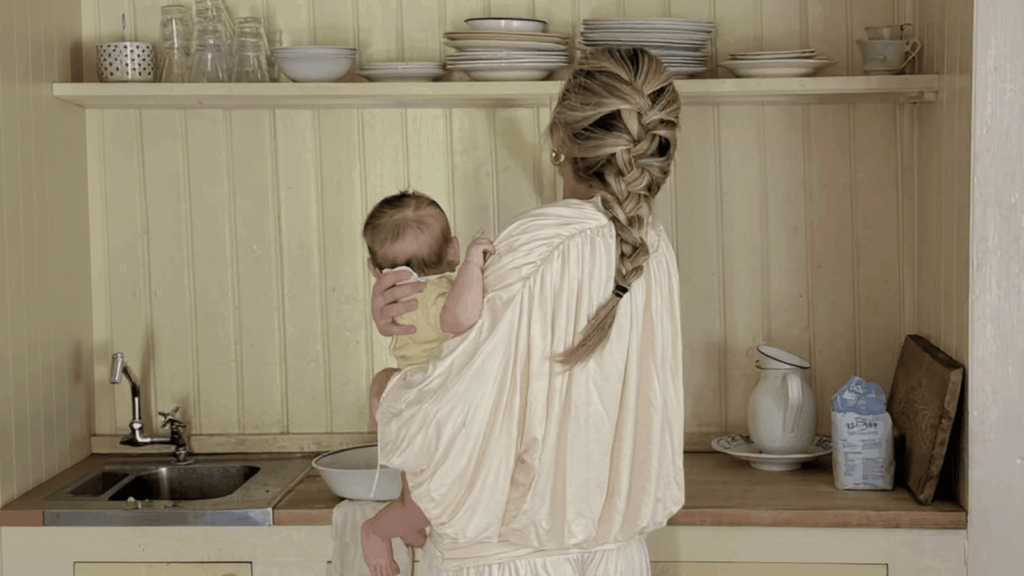Teaching prepositions might seem like a small part of language learning, but these tiny words make a big difference in how we talk and write.
As a parent or teacher, you’ve likely heard children say things like “The book table” instead of “The book is on the table.”
That’s because prepositions can be tricky to learn.
I’ve spent years helping kids master these important words and see how the right teaching methods can make learning fun and effective.
In this guide, I’ll share tested ways to help children understand and use prepositions correctly.
Whether you’re teaching “in,” “on,” “under,” or “between,” these tips will make your job easier.
What are Prepositions
Prepositions are small words that show how things relate to each other in a sentence.
I like to think of them as connection words – they tell us where things are, when they happen, or how they link together.
When I teach this to kids, I use simple examples: “The cat sits on the mat” or “The toy is in the box.”
The words ‘on’ and ‘in’ here are prepositions.
Other common ones include ‘at,’ ‘by,’ ‘with,’ ‘to,’ ‘from,’ and ‘under.’
Think of prepositions as guide words, and they guide readers to understand exactly where or when something is happening in your sentence.
Simple Techniques to Teach Your Young Kid Prepositions
I’ve found that teaching prepositions to young children works best when we make it fun and natural.
Through my experience working with kids, I’ve learned that they pick up these words more easily when we include them in daily activities and games.
I’ll share several methods I’ve tested that work well.
These techniques don’t need special materials – just your time and attention.
Each activity helps children understand how to use these important words correctly.
Most importantly, they’ll enjoy learning while doing them.
1. Read it

I always start with books because children love story time.
Books like “Where’s Spot?” and “Up, Down, and Around” work perfectly for teaching prepositions.
When I read these books with kids, I make sure to point at the pictures and say things like “Look, the puppy is under the table!” or “See how the plant grows in the garden?”
Reading together gives children a chance to see and hear how we use these words naturally.
I often pause during reading and ask questions like “Where do you think the bunny will hide next?”
This gets them thinking about locations and using prepositions in their answers.
2. Fill in the Blank
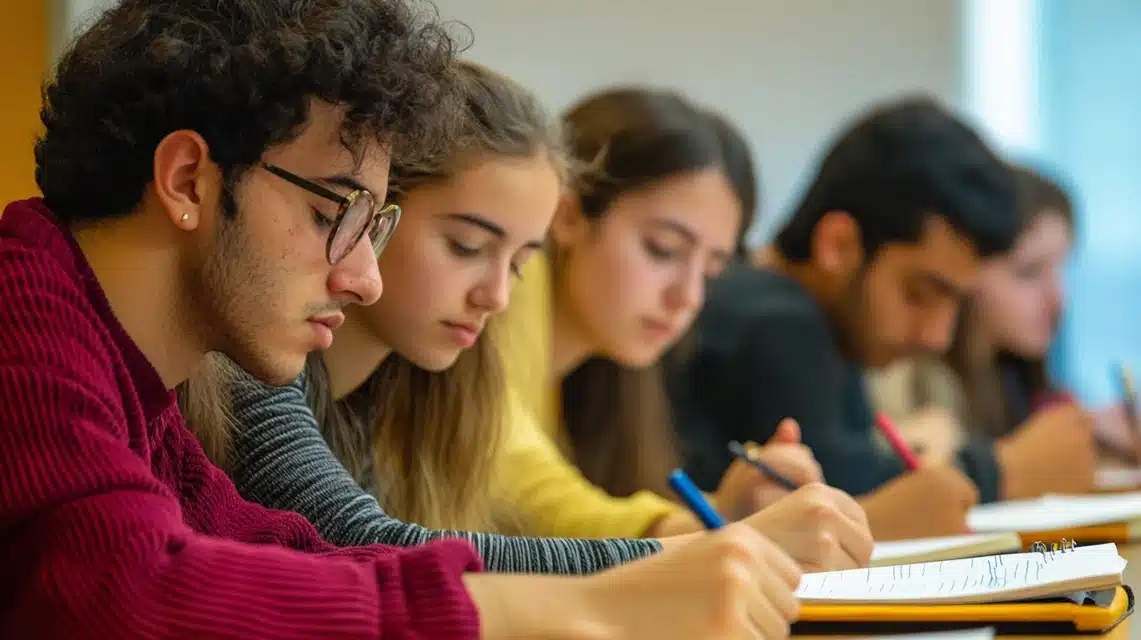
I love making this activity feel like a word puzzle game.
I write simple sentences and leave spaces for prepositions.
For example, I’ll write “The pencil is ___ the desk” and give options like ‘on’ or ‘under.’
I ask my students to think about each choice and pick what makes sense.
Sometimes, I make it silly by asking, “Can the pencil be under the sky?” This makes them laugh and think.
It helps when I use objects they can see right in front of them.
They learn better when they can check if their answer matches what they see.
3. Correct the Mistake

I turn this into a fun detective game.
I write sentences with prepositions in the wrong places, like “The bird is under the sky” or “The fish is on the water.”
Then I ask the kids to be word detectives and find out what’s wrong.
They really get into finding these mistakes, and it makes them think about how we use these words in real life.
When they spot the error, I ask them to explain why it’s wrong and what would work better.
This helps them understand not just what’s wrong but why another word works better.
4. Sing Together
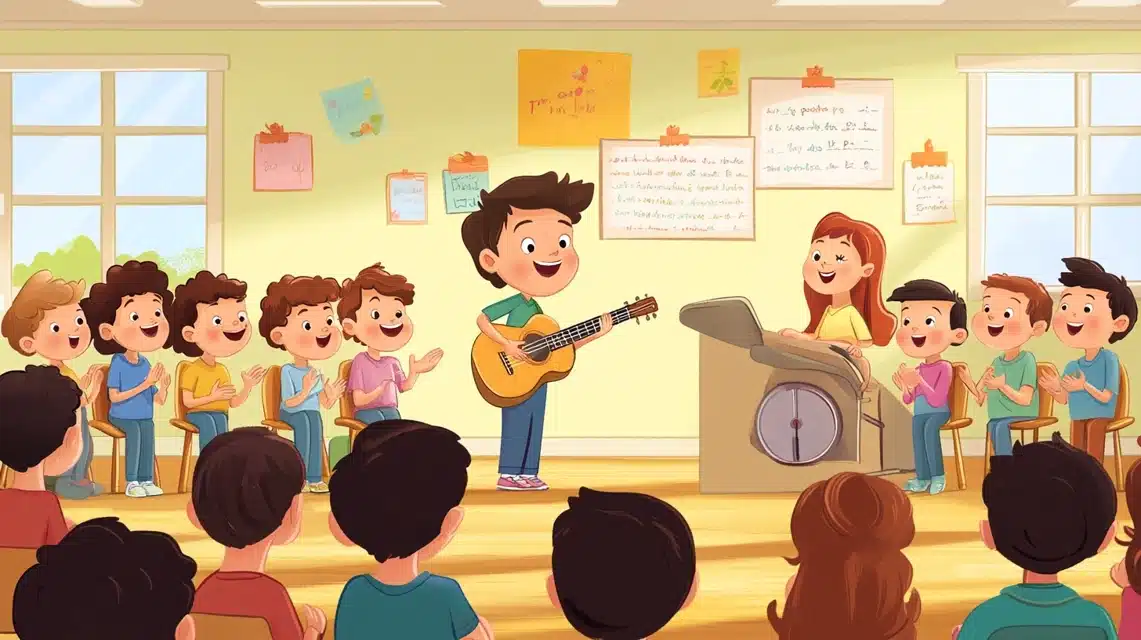
I find that adding prepositions to familiar tunes makes learning stick.
When I work with kids, I take songs they know, like “Row, Row, Row Your Boat,” and change the words to include prepositions.
For example: “Look, look, where it is, sitting on the chair!”
What I love most about this method is how quickly kids catch on.
They start making up their own verses, singing about things being “in the box” or “next to the door.”
The beat and rhythm help them remember the words better.
Plus, they can sing these songs during daily activities.
5. Expand the Sentence
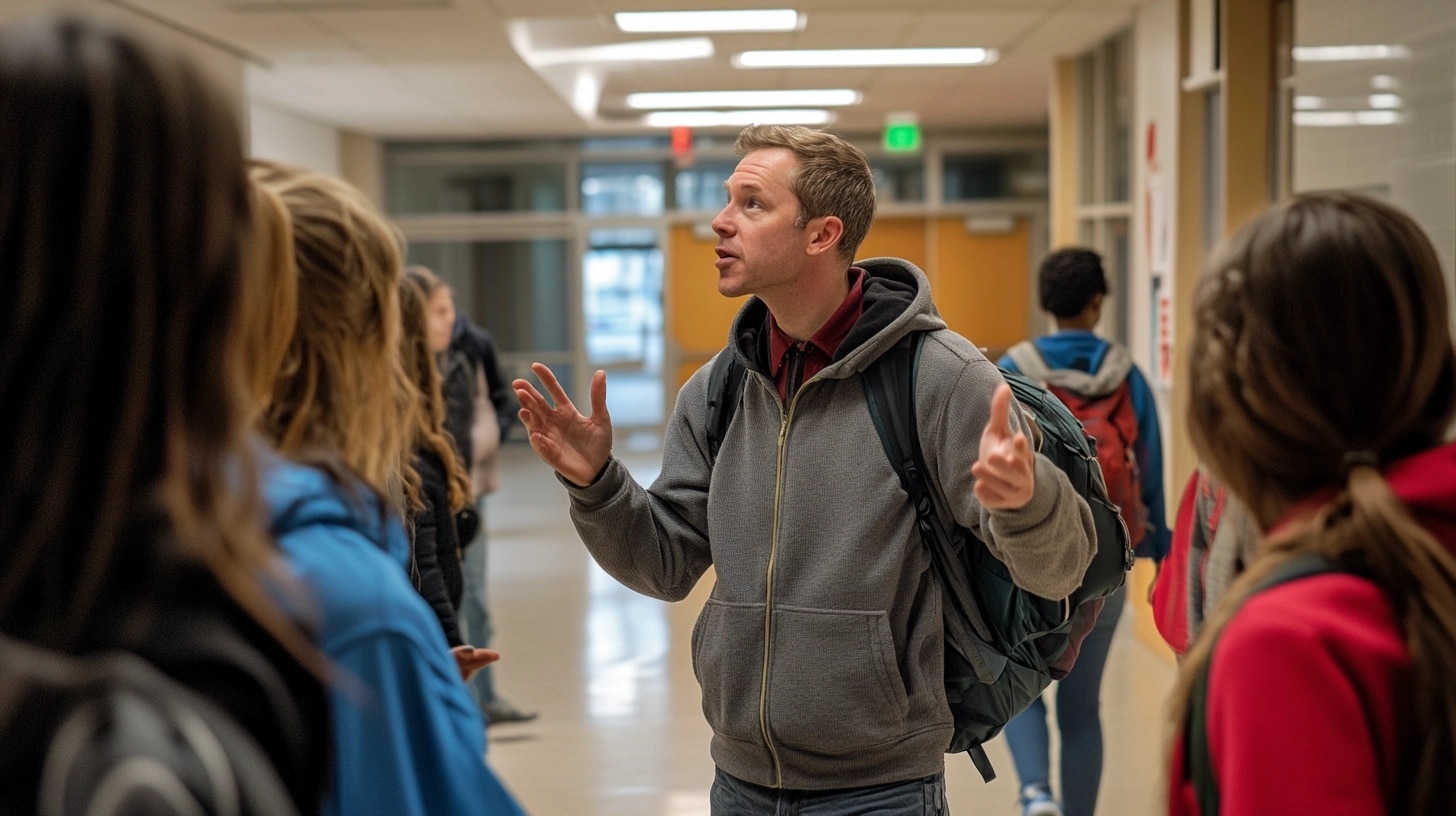
I start with basic sentences and help kids make them bigger by adding location words.
For example, I’ll say, “The dog sleeps,” and ask them to tell me where.
They might say, “The dog sleeps under the blanket” or “The dog sleeps beside the bed.”
I notice how this helps them build longer, clearer sentences step by step.
When they add these details, their stories become more interesting.
It’s wonderful to see how proud they feel when they create longer sentences on their own.
Each time they do this, they get better at using prepositions naturally.
6. Musical Chairs
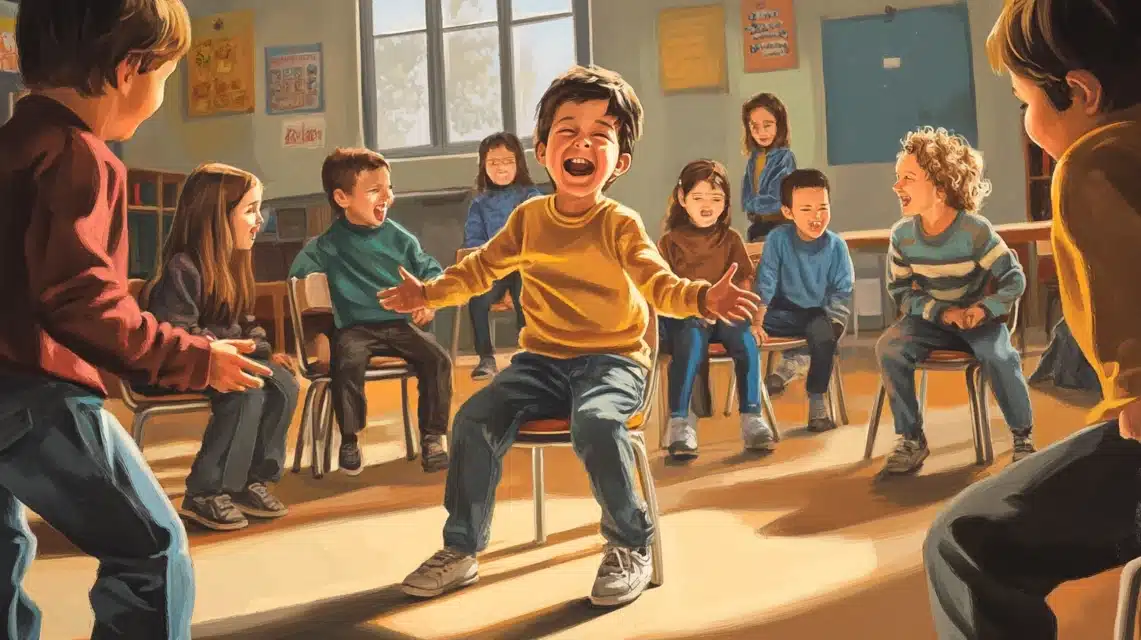
I put a new spin on this classic game to teach prepositions.
When the music stops, instead of just sitting down, I give specific instructions like “stand behind the chair” or “sit next to the chair.”
Kids love moving around, and this makes learning active and fun.
What makes this work so well is that children follow the instructions without feeling like they’re studying.
I watch them laugh and run around while learning these important words.
When they get an instruction wrong, other kids often help them out, making it a team effort to learn together.
7. Play with Toy
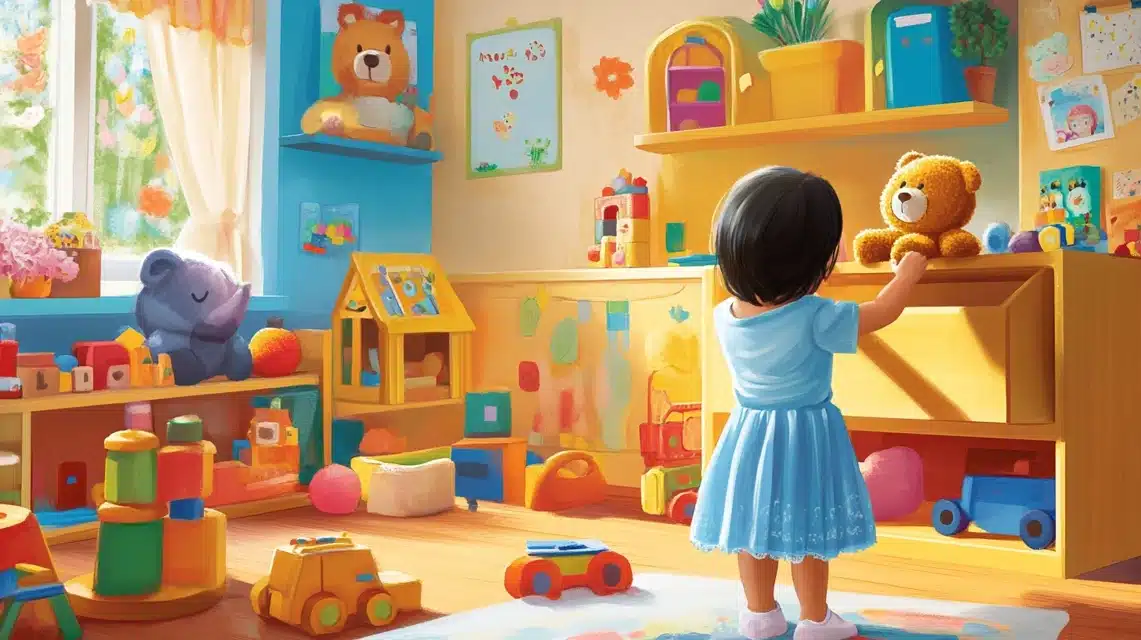
I ask children to move their favorite toys around using preposition instructions.
“Put your teddy bear on the shelf” or “Place your car next to the blocks.”
Using their own toys makes this extra special – they pay more attention because they care about their playthings.
I see their eyes light up when they understand where to put their toys.
Sometimes, I let them give me instructions, too.
When they tell me, “Put the doll between the books,” I know they’re getting it.
This back-and-forth helps them learn to both follow and give directions.
Simple Techniques to Teach Your Student Prepositions
From my teaching experience, older students need different methods than young kids.
I focus on real examples and practical uses that connect to their daily lives.
I find that students learn better when they see how prepositions work in situations they care about.
The techniques I share here have worked well in my classroom, helping students gain confidence in using these words.
What matters most is making the learning process clear and meaningful to them through examples they understand.
1. Use Real Life Examples
I often take my students on short walks around campus, pointing out how objects relate to each other.
For example: “The office is next to the library” or “We’ll walk through the hallway.”
This helps them see prepositions in action.
During class discussions, I ask students to describe their morning routine or weekend plans.
They naturally use words like ‘at’, ‘in’, and ‘to’. These conversations feel normal, not like formal lessons.
When students share “I went to the store” or “I studied at home,” they’re practicing without pressure.
2. Engaging Games
I create team games where students compete using prepositions.
One of the class’ favorite games is preposition relay, where teams race to complete sentences on the board.
Another hit is our classroom scavenger hunt, where students follow clues with prepositions to find hidden items.
What makes these games work is how they get everyone talking and moving.
When students say, “It’s under the desk!” or “Look behind the curtain!” they’re learning while having fun.
The energy in the room stays high, and nobody feels worried about making mistakes.
3. Practical Knowledge
I bring city maps to class and ask students to plan routes to different places.
They practice saying things like “Walk past the bank” or “Turn at the traffic light.”
This kind of exercise helps them use prepositions when giving real directions.
I also set up activities where students arrange classroom items.
They learn by doing things like putting books on shelves and organizing papers in folders.
These hands-on tasks show them how prepositions work in everyday situations.
The learning feels useful because they can use these skills right away.
4. Lots of Practice
I give my students different ways to practice every day.
Sometimes, it’s a quick writing task that uses specific prepositions.
Other times, we do speaking exercises where they describe pictures or tell stories.
I mix up the practice types to keep things fresh – one day, we might do written work, and the next day, we might play speaking games.
The key is doing a little bit each day rather than a lot all at once.
I also share simple exercises they can do at home, like describing their room or writing about their day.
Conclusion
Teaching prepositions takes time and patience, but the right methods make all the difference.
Through these tested activities, I’ve seen students master using words like ‘in’, ‘on’, and ‘under’ correctly.
Pick the activities that fit your teaching style.
Start small with books and toys for young kids or maps and real-life examples for older students.
Change things up when needed – what works for one student might not work for another.




